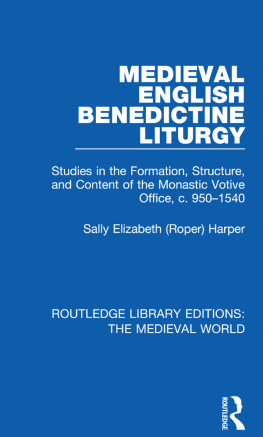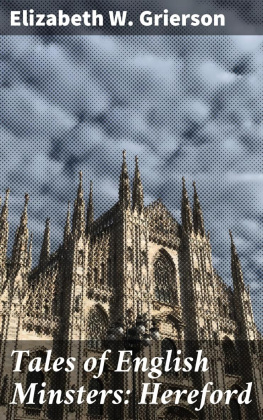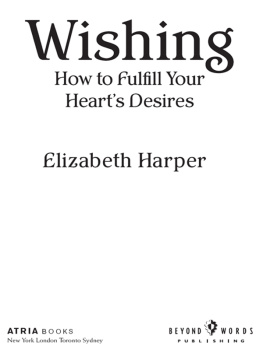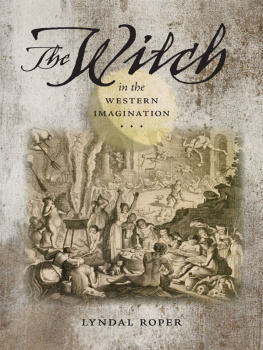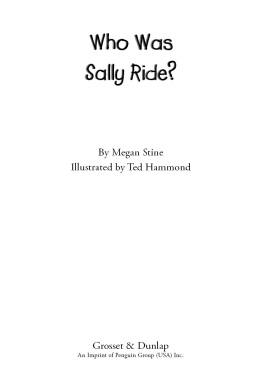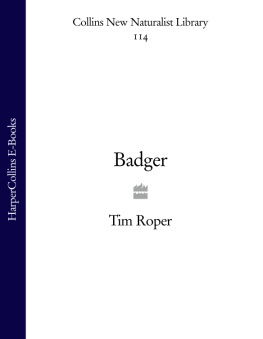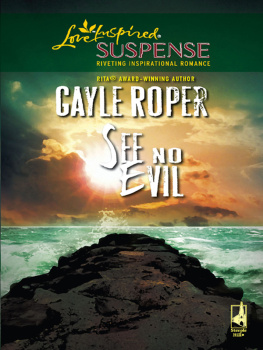ROUTLEDGE LIBRARY EDITIONS: THE MEDIEVAL WORLD
Volume 19
MEDIEVAL ENGLISH BENEDICTINE LITURGY
MEDIEVAL ENGLISH BENEDICTINE LITURGY
Studies in the Formation, Structure, and Content of the Monastic Votive Office, c. 9501540
SALLY ELIZABETH (ROPER) HARPER
First published in 1993 by Garland Publishing, Inc.
This edition first published in 2020
by Routledge
2 Park Square, Milton Park, Abingdon, Oxon OX14 4RN
and by Routledge
52 Vanderbilt Avenue, New York, NY 10017
Routledge is an imprint of the Taylor & Francis Group, an informa business
1993 Sally Elizabeth Roper
All rights reserved. No part of this book may be reprinted or reproduced or utilised in any form or by any electronic, mechanical, or other means, now known or hereafter invented, including photocopying and recording, or in any information storage or retrieval system, without permission in writing from the publishers.
Trademark notice: Product or corporate names may be trademarks or registered trademarks, and are used only for identification and explanation without intent to infringe.
British Library Cataloguing in Publication Data
A catalogue record for this book is available from the British Library
ISBN: 978-0-367-22090-7 (Set)
ISBN: 978-0-429-27322-3 (Set) (ebk)
ISBN: 978-0-367-19283-9 (Volume 19) (hbk)
ISBN: 978-0-429-20161-5 (Volume 19) (ebk)
Publishers Note
The publisher has gone to great lengths to ensure the quality of this reprint but points out that some imperfections in the original copies may be apparent.
Disclaimer
The publisher has made every effort to trace copyright holders and would welcome correspondence from those they have been unable to trace.
Medieval English Benedictine Liturgy
Studies in the Formation, Structure, and Content of the Monastic Votive Office, c. 9501540
Sally Elizabeth Roper
Garland Publishing, Inc.
New York & London 1993
Copyright 1993 by Sally Elizabeth Roper
All rights reserved
Library of Congress Cataloging-in-Publication Data
Roper, Sally Elizabeth.
Medieval English Benedictine liturgy : studies in the formation, structure, and content of the monastic votive office, c. 9501540 / by Sally Elizabeth Roper.
p. cm. (Outstanding dissertations in music from British universities)
Includes bibliographical references and index.
ISBN 0-8153-0953-8 (alk. paper)
1. BenedictinesEnglandLiturgyHistory. 2. EnglandReligious life and customs. I. Title. II. Series.
BX2049.B4R66 1993
264.0201dc20 93-15812
CIP
Designed by Valerie Mergentime
Printed on acid-free, 250-year-life paper.
Manufactured in the United States of America
CONTENTS
My first and greatest debt can only be to Dr John Harper, who has nurtured the progress of this thesis from the beginning. To him I owe rather more than words can express here. Without his support, kindness and judicious criticism, this thesis would almost certainly never have reached the binder.
Special thanks are also due to Dr John Whenham of the University of Birmingham and Dr John Caldwell, both of whom helped the work on its way in the early stages. Many others have willingly given time and advice over the years: Dr David Hiley, Professor Nick Sandon, Pre Pierre-Marie Gy O.P., Sister Benedicta Ward S.L.G., Dr Mary Clayton, Dame Gertrude Brown O.S.B, and Dame Catherine Wybourne O.S.B., Mr Christopher Hohler, Dr Antonia Gransden, Dr Valerie Edden, the late Mr Derek Turner and Professor Richard Pfaff. I would also like to thank Edward Kershaw, Jane Frogley, Sandra McColl and Catherine Harbor for sharing their liturgical expertise.
The financial burdens of devoting five years to writing a thesis have been greatly eased by the Principal and Fellows of Brasenose College, whose decision to award me the Senior Germaine Scholarship in 1985 and a further grant for a trip to Valenciennes in 1987 contributed much to my peace of mind. I offer them my very grateful thanks. I am similarly indebted to Magdalen College, which provided me with a home for two years, and the Music Faculty for awarding me the James Ingham Halstead Scholarship in 1985 and the John Lowell Osgood Prize in 1988.
Mention must also be made of several libraries and their staff. My thanks are due to the Bodleian Library, the Music Faculty Library and the College Libraries of Worcester and Exeter in Oxford, the British Library, Lambeth Palace Library, the Cathedral Libraries of Canterbury and Worcester, the Bibliothque Municipale in Valenciennes, the University Library and the College Libraries of Emmanuel, Magdalene, Trinity, and St Johns in Cambridge. Dom Daniel Rees O.S.B, and Dom Philip Jebb O.S.B, of Downside Abbey, Miss Sarah Cobbold of the Music Faculty Library, Oxford, Dr Frank Stubbings and Miss Angela Heap of Emmanuel College, Cambridge and Mrs Janet McMullin of Lambeth Palace Library were especially helpful.
Other people have contributed to this thesis in less direct ways. Tom Czepiel, Martin Souter and my house-mates Simon Heighes and Jonathan Wainwright have offered first-hand sympathy over the pains of writing; Sister Margaret of the Society of All Saints and Henry Rees have provided assistance in the technical area of word-processing, and my mother has provided constant encouragement. I thank them all sincerely.
Oxford, January 1989
The catholic nature of the Western Church in the Middle Ages did not preclude important local divergences. In England, geographical factors contributed to independent practices. Such independence does not always imply a deliberately insular or conservative position, but the primary currents of change and their impact in England do not always correspond with contemporary continental movements. England was first to accept the Use of Rome as the liturgical norm in most regions during the seventh century, but it was less immediately influenced by the Carolingian reforms of the eighth and ninth centuries. There is no movement in Europe comparable to the Norman influx in eleventh-century England, nor to the resulting compromise in ecclesiastical organization. Between the Conquest and the Reformation, the autonomy of the English Benedictine monasteries, the adherence to the Use of Sarum (and its derivatives) in non-monastic churches, and the individual nature of the late medieval educational foundations all served to imbue the English church as a whole with unique characteristics and qualities.
Perhaps the most important innovation of the Anglo-Saxon church was the establishment of cathedrals staffed by monks: few examples of this phenomenon exist outside Britain. The cathedral adjacent to the royal Saxon palace at Winchester was monastic, and monks dominated most areas of cultural creativity: whether scholarly, artistic or musical. After the Norman Conquest, William I retained the English system of cathedral-monasteries despite its insularity, and its influence was enlarged in the eleventh century. The rebuilt metropolitan cathedral at Canterbury remained a Benedictine priory church with a Norman monk as archbishop, and until the second phase of the dissolution of the monasteries (1540), almost half of the English cathedrals were Benedictine monasteries, as were some of the richest and most influential churches of the land.


